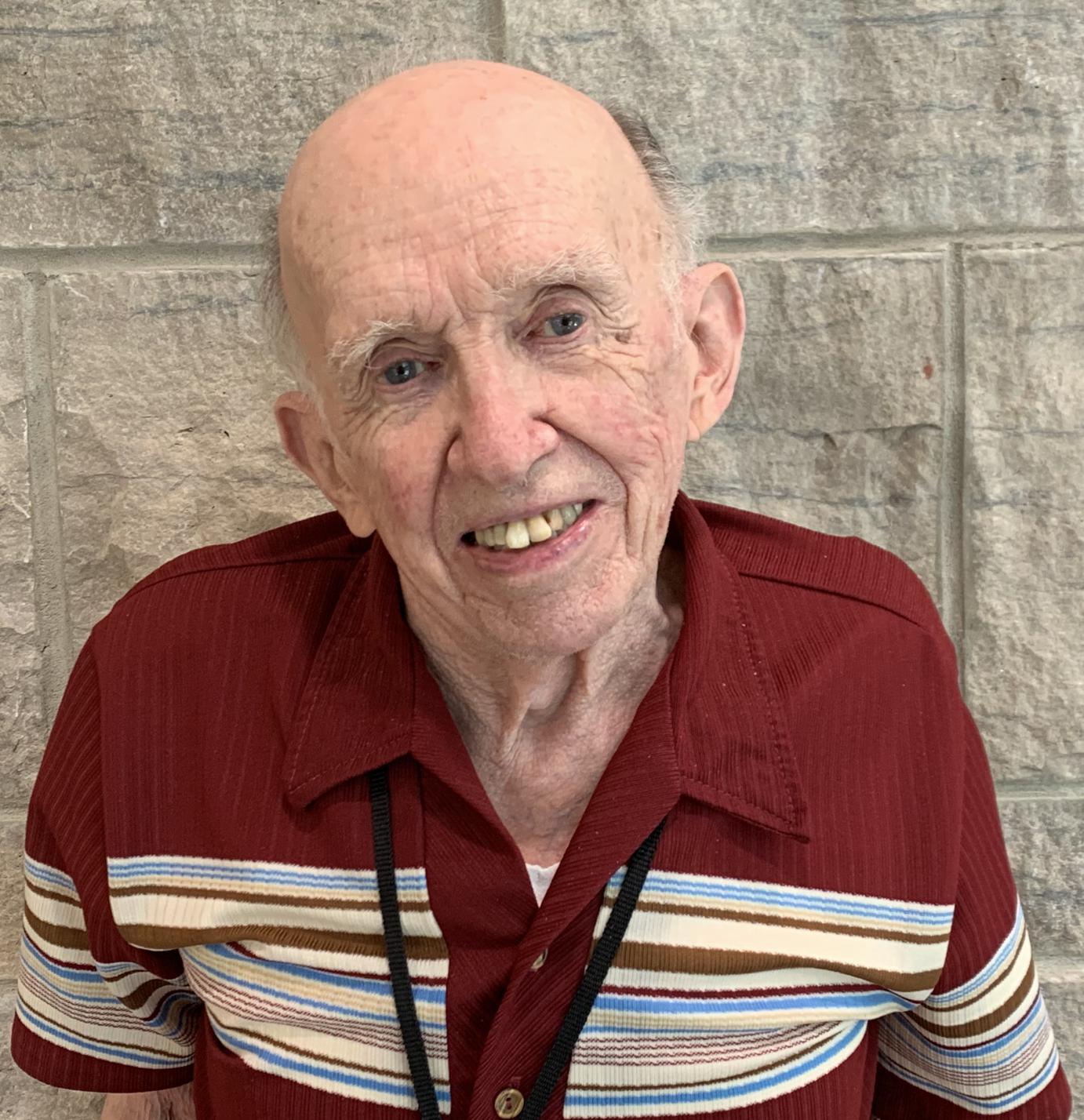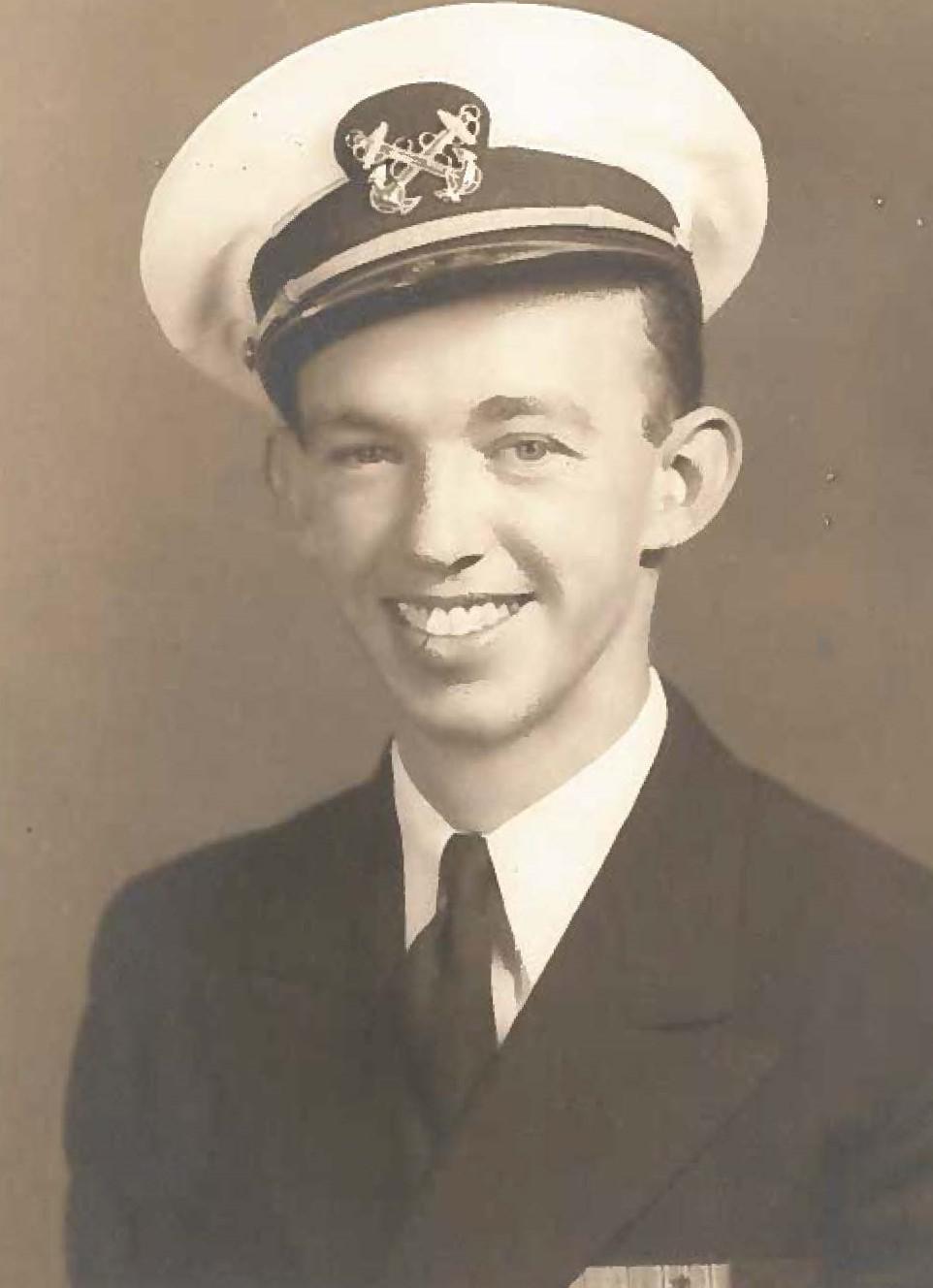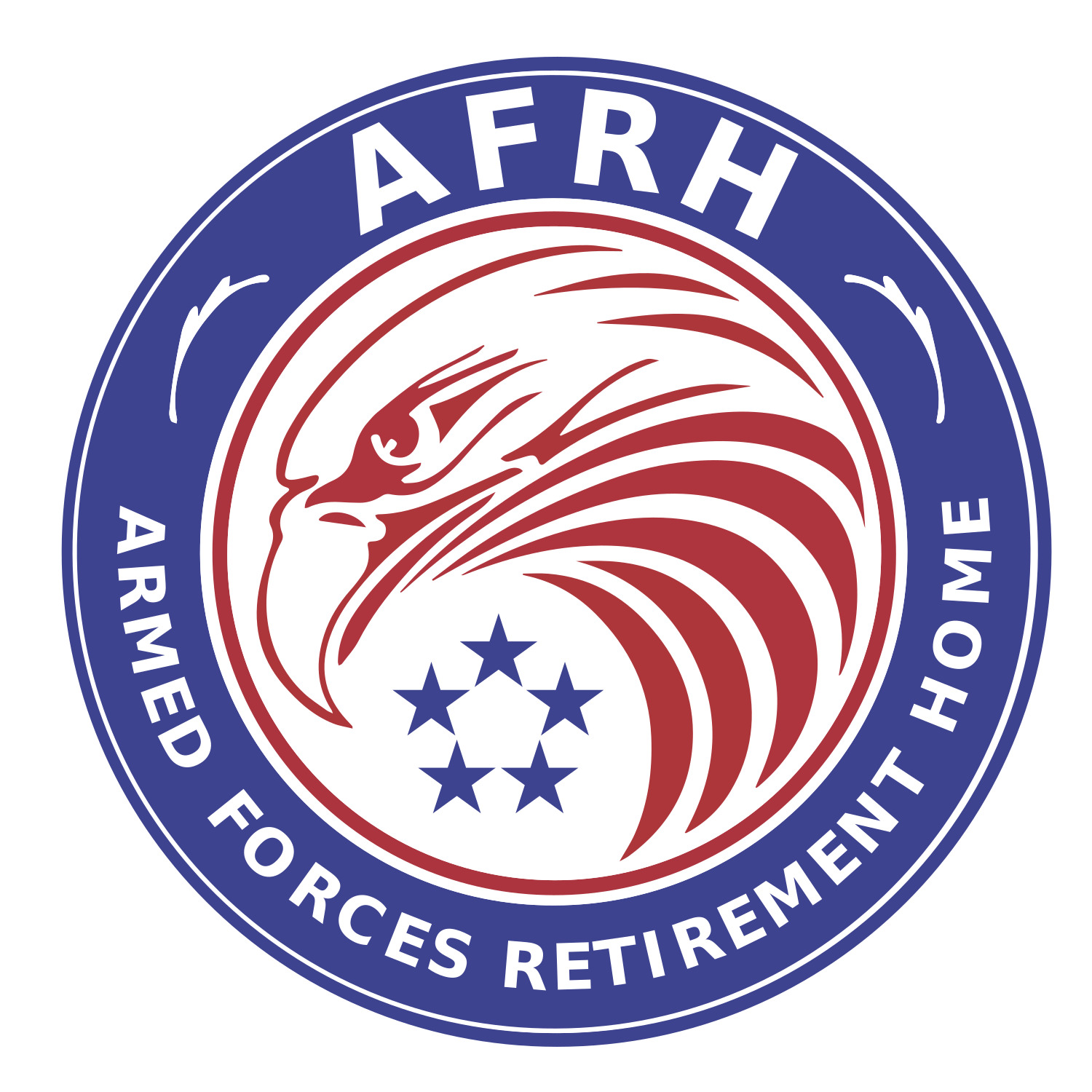

AFRH-W resident highlight – Harry Dressler
By P.K. Knor | AFRH-W Resident
Harry Dressler was born on March 7, 1921! Yes, Happy “100th” Birthday Harry!
He lived in West Springfield, Massachusetts with his grandmother until he decided to join the Navy in 1938. Upon his enlistment, he attended a naval training station and a hospital corps school. His first assignment as a corpsman put him in a surgical ward at a naval hospital and later at a naval dispensary.
In 1940, he attended Laboratory Technician School at the U.S. Naval Medical School in Washington, D.C., and upon graduation was assigned a class in epidemiology and sanitation. During this class, he was sent to Camp Lejeune, North Carolina to study the environment and test the local population for malaria to see if it was endemic to the area before the actual camp was built. He also went to Great Lakes Naval Training Station to test recruits to determine their immunity to diphtheria. At one point he returned to Camp Lejeune to test Marines for the presence of hookworm. He was also in charge of a laboratory at Quonset Naval Air Station, Rhode Island.
In June 1942, with one day’s notice, he was assigned to malaria control and flew from Washington, D.C. to the South Pacific Island of Efate in the New Hebrides. During a two- year period he served on three different islands, in that area including Guadalcanal. In 1944, Harry returned to the U.S. to serve at a disease control unit in Boston, Massachusetts, where he married his dream girl!
After the U.S. took the island of Guam in 1944, Harry was sent to the Naval Medical Research Unit #1, where he tested dairy cattle body specimens for the cause of death. He was able to determine that the deaths were caused by a protozoa carried by ticks. To this day, there are no dairy cattle on Guam.
Harry made several trips from Guam to the University of California, San Francisco laboratory carrying virus specimens in dry ice for study. He was asked to stay there for two months and work at the lab. During this time Harry was notified that he was given quarters in Guam, so he had his wife Lois and their son Wayne accompany him back to Guam.
When he was assigned to Cairo, Egypt he was again able to take his family with him. In Cairo, he assisted renowned scientist Dr. Richard M. Taylor, in establishing a virology research unit. On a trip to Lebanon he accompanied Dr. Dorothy M. Horstmann to investigate a polio outbreak in American personnel at the American Embassy, who discovered that polio was transmitted through the blood and not the nervous system. Harry had met and worked with incredible scientists throughout his career, which he considers a major highlight. He had also been involved with writing over 20 research papers on various work related subjects.
Harry and his family were sent home to the U.S. from Cairo on a cruise ship. They settled in Kensington, Maryland. He retired from active duty in 1958, after 20 years as a chief. After an additional 10 years in the reserves, he ended his total career with 30 years of service as a warrant officer.
During his reserve unit time, Harry attended George Washington University and graduated with a Bachelor of Arts degree in Natural Sciences. And, to keep weeds from growing under his feet, he worked at the U.S. Naval Medical Research Institute for 21 years and retired from there.
Harry and his wife loved to travel and managed to visit 49 U.S. states. In 2014, a few years after his wife’s death, he moved to AFRH-W after having discovered it on a chance drive-by several years earlier. Since his son lives in College Park, Maryland, it was a perfect location.
- Log in to post comments
